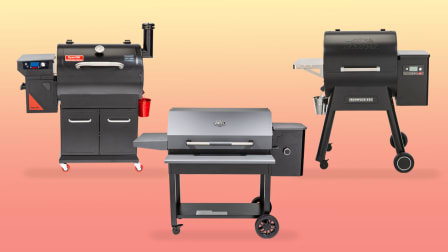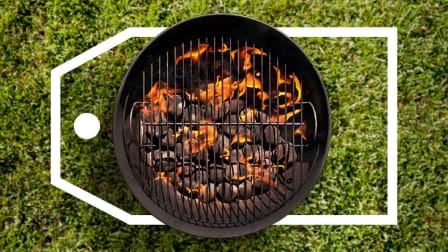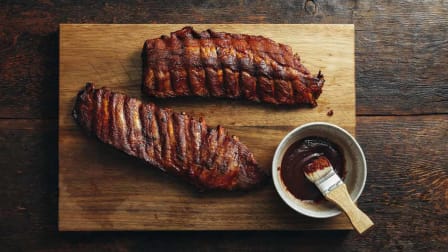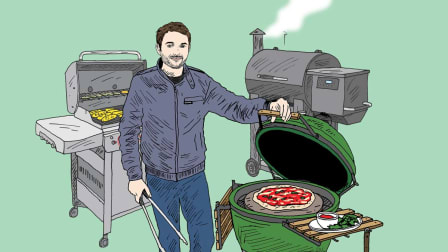Is the Traeger Ironwood 650 Pellet Grill Worth $1,200?
CR's grill guy has used a similar Traeger model for years. Here’s what you need to know if you're considering this pellet grill.
When you shop through retailer links on our site, we may earn affiliate commissions. 100% of the fees we collect are used to support our nonprofit mission. Learn more.
I got my Traeger, an earlier version of the Ironwood 650, about 6 years ago. It was the fifth grill I added to my arsenal. (To say I’m a grilling enthusiast might be an understatement.) Back then, Traeger was more or less the only game in town where pellet grills were concerned, but since then the company has inspired quite a few copycats from companies like Pit Boss and Camp Chef, some of which cost hundreds less than the Traeger.
So is the Traeger Ironwood 650 pellet grill really worth $1,200?
The answer really depends on what you grill the most. In my experience, the Traeger is without equal when it comes to slow-cooking foods like ribs and brisket. You simply load the hopper with pellets, dial in a precise temperature on the thermostat, and the grill handles the rest—my ribs come out perfect every time. For anyone who’s ever ruined a rack of ribs, cooking on the Traeger is a total game changer.
Cleanup is easy on the Ironwood 650—you empty and rinse the drip tray, hit the grill grates with a brush, and occasionally remove the grates to do a deeper cleaning of the firebox. You just have to be sure to cover the grill once it’s cool—if it rains and water gets into the hopper, the wood pellets turn to sawdust.
Aside from slow-smoked delicacies, my Traeger really hits the sweet spot with foods like fish, chicken, and pork chops. The even heating and lack of flame flare-ups helps those foods cook evenly. (With gas and charcoal grills, you have to contend with open flames.) Foods come out perfectly cooked through, and kissed with smoke. Perfection.
What About Cooking Steaks?
This is the one area where the Traeger falls short, since it doesn’t sear. I like steak best when it’s charred on the outside and rare in the middle, and for that, you need a grill that gets up to at least 700° F (most gas grills in our ratings reach 800° F; kamado grills, like the Big Green Egg, can reach 1,000° F). The Traeger maxes out around 500° F, which just isn’t hot enough to get the job done.
So if a nice seared steak and other foods that require some char are your thing, the Traeger’s not for you.
But for basically everything else you can think of to grill, the Traeger Ironwood 650 is great.
CR members can read on for a breakdown of how the Traeger performs in our extensive grill tests, as well as a look at less expensive pellet grills from our tests that perform well (including one with a side burner for searing). For more more insights on grills of all types, read our grill buying guide.





























